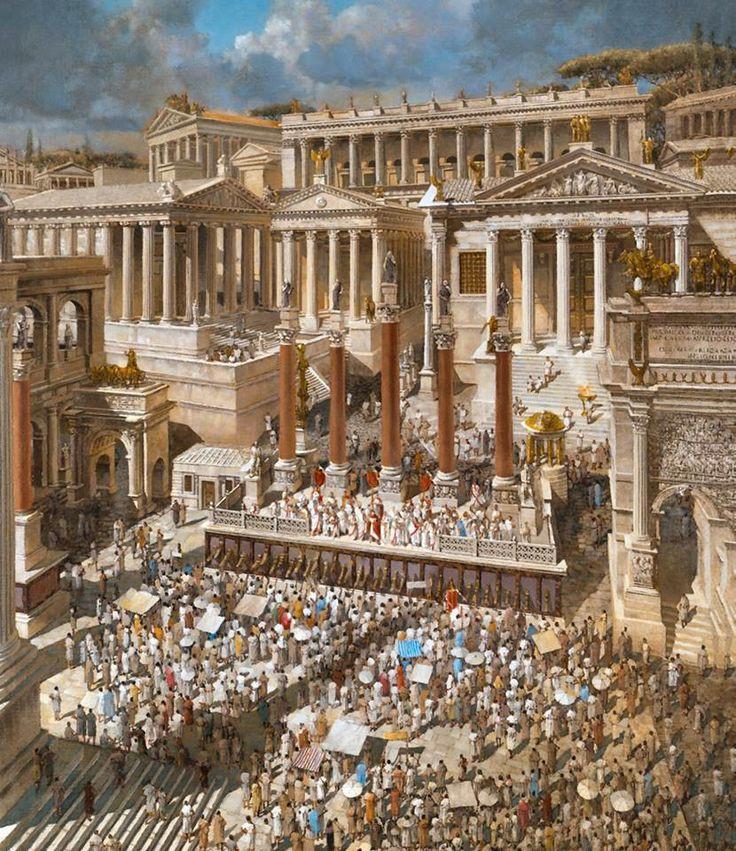The Forum in Ancient Rome
Like so many large malls with built-in theatres nowadays, a grand plaza known as ‘The Forum’ became an influential marketplace and later the main civic center in Rome. It was a place where gladiatorial fights, court sessions, shopping and ceremonial activities happened.
A monument called Milliarium Aureum or the Golden Milestone was built there in 20 BCE.
76
515 reads
CURATED FROM
IDEAS CURATED BY
The idea is part of this collection:
Learn more about history with this collection
The historical significance of urban centers
The impact of cultural and technological advances
The role of urban centers in shaping society
Related collections
Read & Learn
20x Faster
without
deepstash
with
deepstash
with
deepstash
Personalized microlearning
—
100+ Learning Journeys
—
Access to 200,000+ ideas
—
Access to the mobile app
—
Unlimited idea saving
—
—
Unlimited history
—
—
Unlimited listening to ideas
—
—
Downloading & offline access
—
—
Supercharge your mind with one idea per day
Enter your email and spend 1 minute every day to learn something new.
I agree to receive email updates
